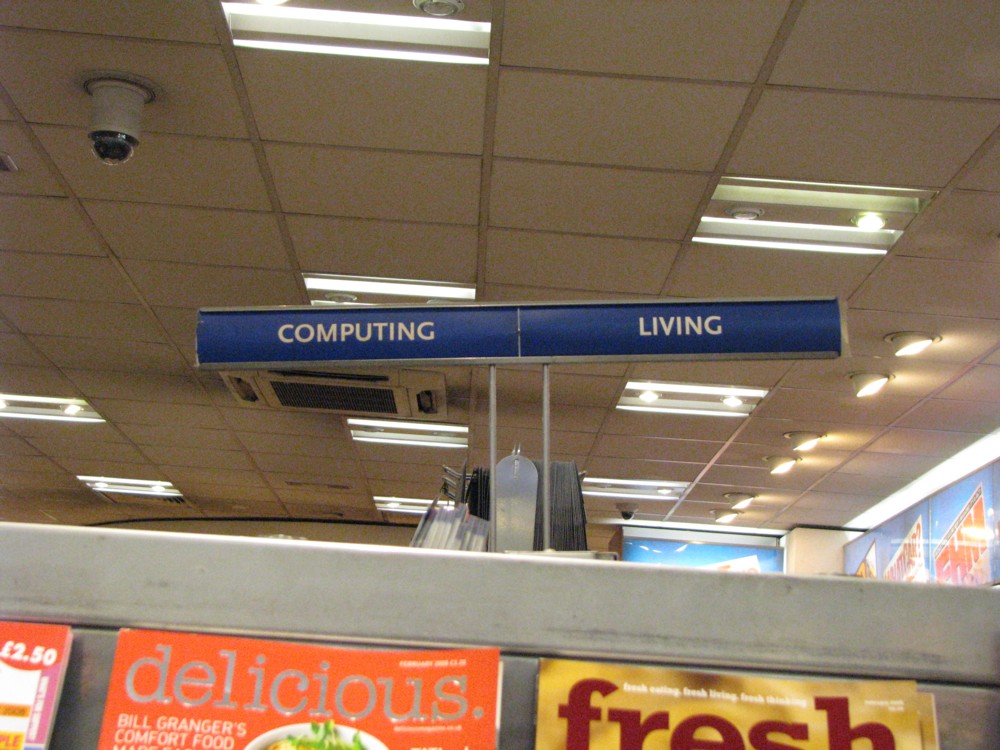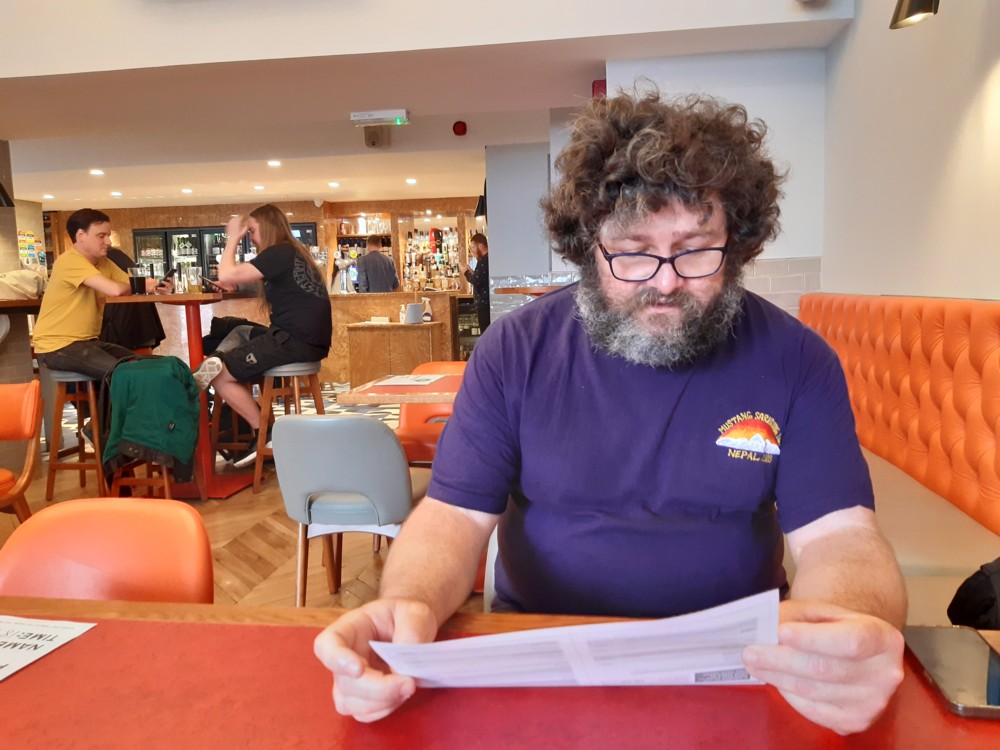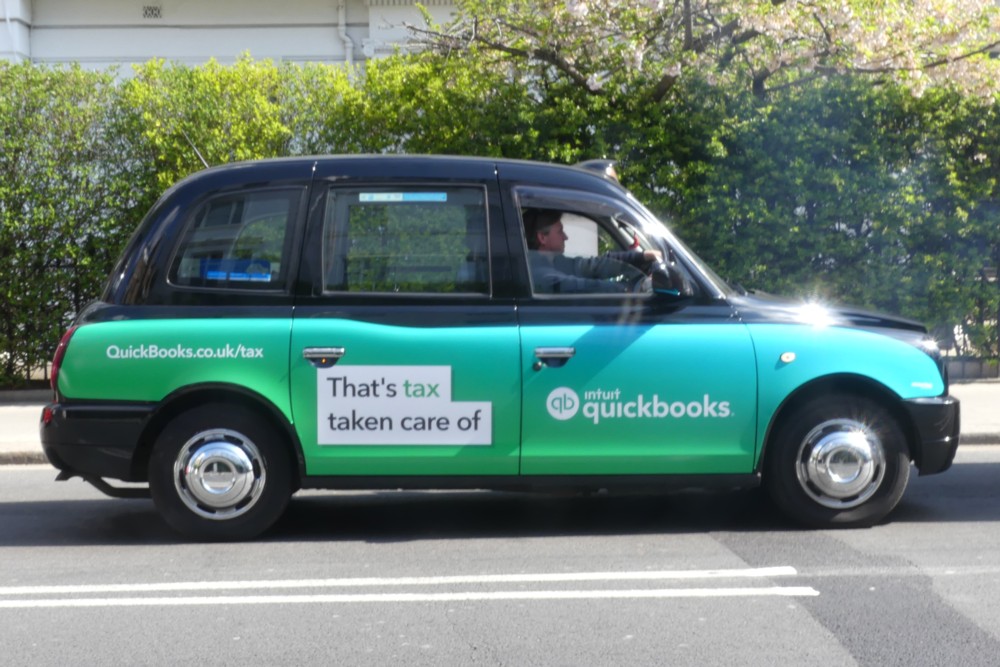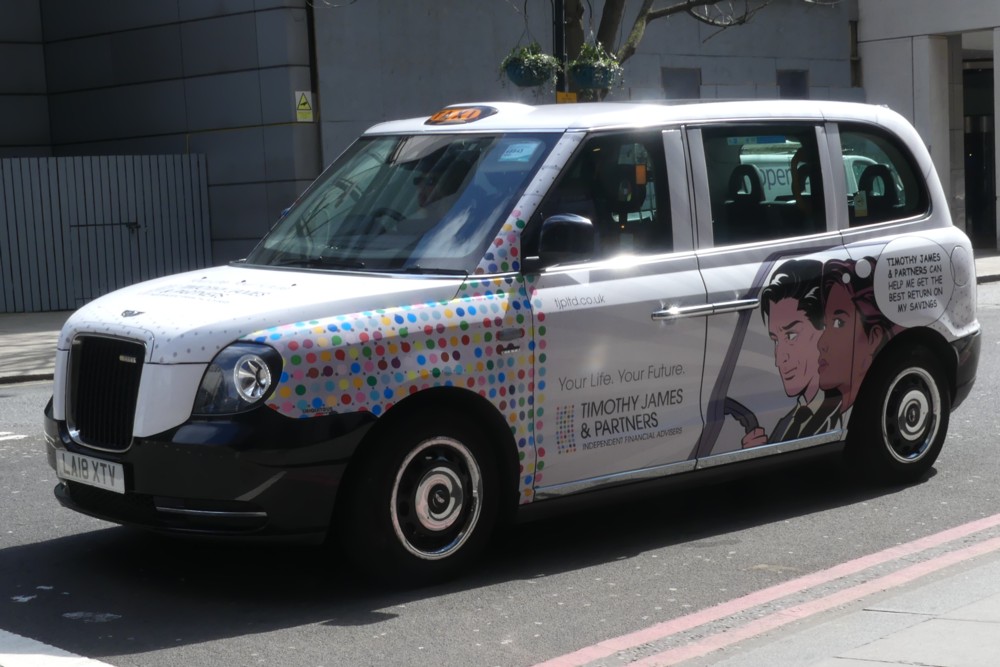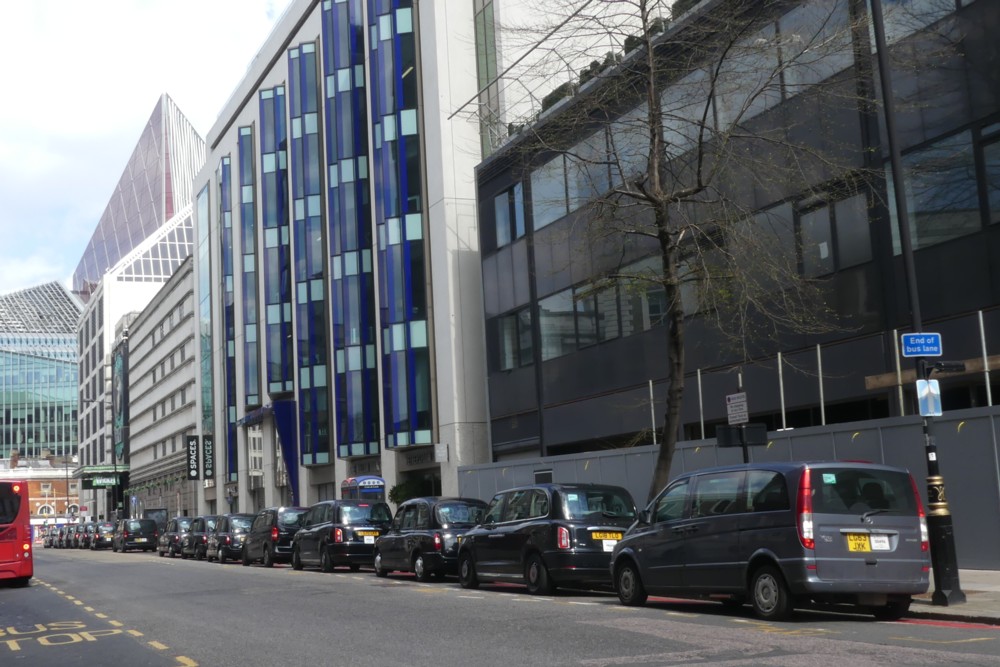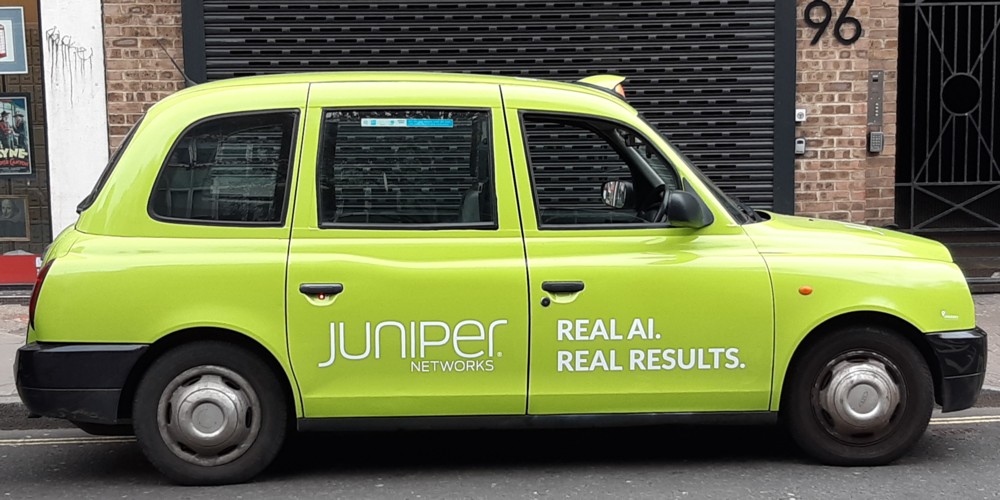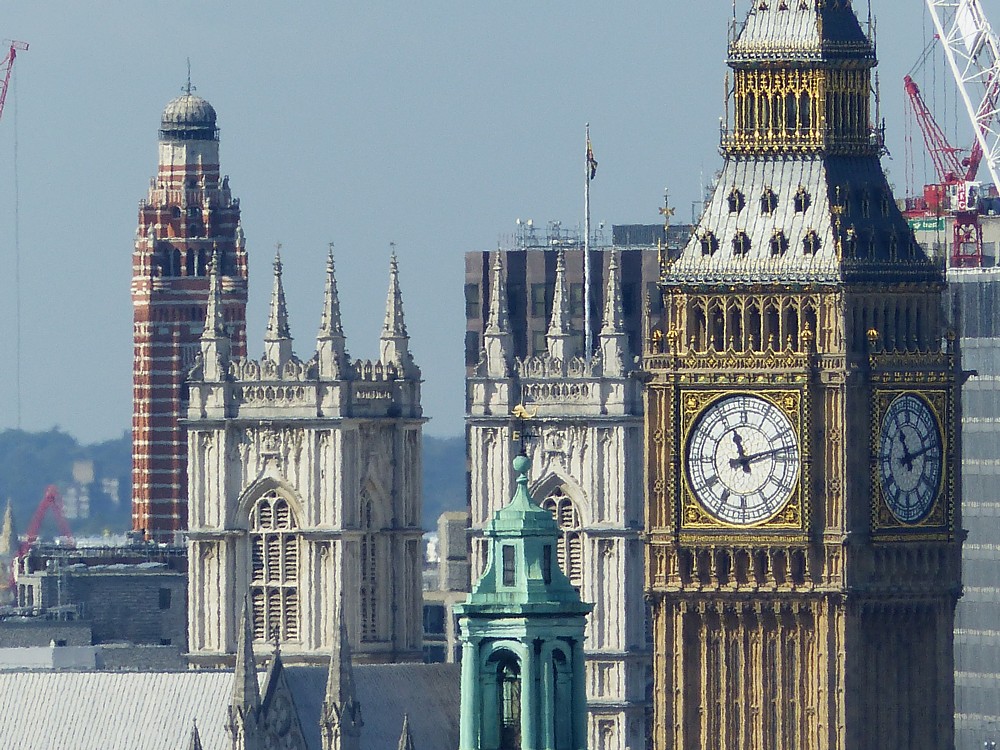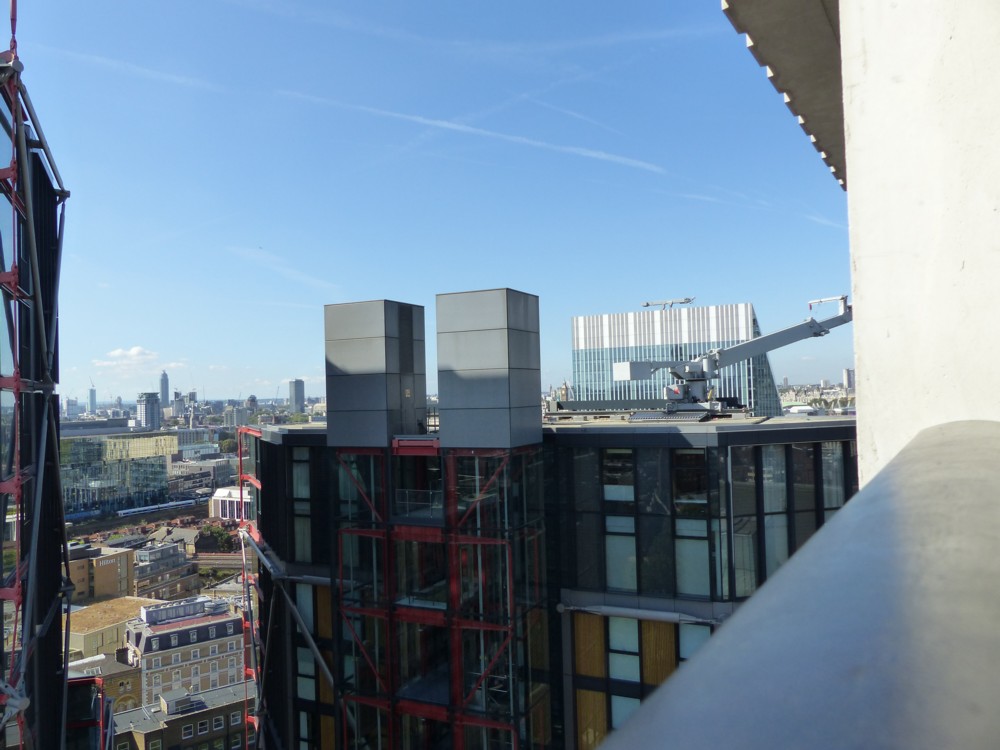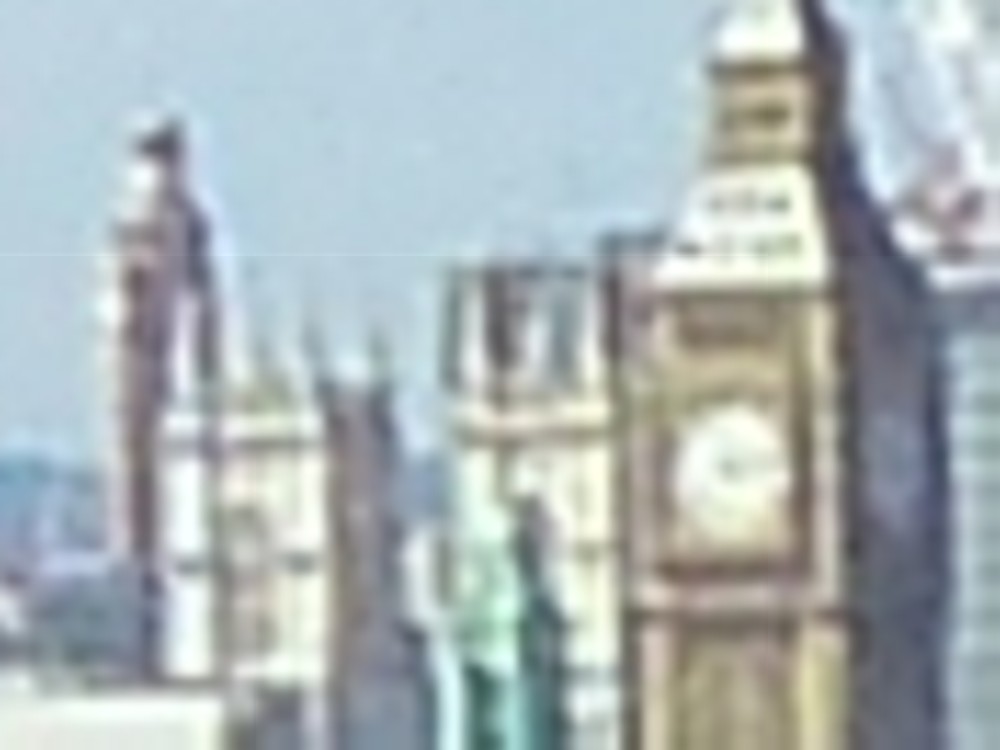I have been keeping half an eye out for a piece of writing that summarises how, and why, electric cars have been on the up-and-up, and today such a piece presented itself to me, by Justin Rowlatt, the BBC’s Chief environment correspondent:
The first crude electric car was developed by the Scottish inventor Robert Anderson in the 1830s.
But it is only in the last few years that the technology has been available at the kind of prices that make it competitive.
The former Top Gear presenter and used car dealer Quentin Willson should know. He’s been driving electric vehicles for well over a decade.
He test-drove General Motors’ now infamous EV1 20 years ago. It cost a billion dollars to develop but was considered a dud by GM, which crushed all but a handful of the 1,000 or so vehicles it produced.
The EV1’s range was dreadful – about 50 miles for a normal driver – but Mr Willson was won over. “I remember thinking this is the future,” he told me.
He says he will never forget the disdain that radiated from fellow Top Gear presenter Jeremy Clarkson when he showed him his first electric car, a Citroen C-Zero, a decade later.
“It was just completely: ‘You have done the most unspeakable thing and you have disgraced us all. Leave!’,” he says. Though he now concedes that you couldn’t have the heater on in the car because it decimated the range.
How things have changed. Mr Willson says he has no range anxiety with his latest electric car, a Tesla Model 3.
He says it will do almost 300 miles on a single charge and accelerates from 0-60 in 3.1 seconds.
“It is supremely comfortable, it’s airy, it’s bright. It’s just a complete joy. And I would unequivocally say to you now that I would never ever go back.”
We’ve seen massive improvements in the motors that drive electric vehicles, the computers that control them, charging systems and car design.
But the sea-change in performance Mr Willson has experienced is largely possible because of the improvements in the non-beating heart of the vehicles, the battery.
The most striking change is in prices.
Just a decade ago, it cost $1,000 per kilowatt hour of battery power, says Madeline Tyson, of the US-based clean energy research group, RMI. Now it is nudging $100 (£71).
That is reckoned to be the point at which they start to become cheaper to buy than equivalent internal combustion vehicles.
But, says Ms Tyson, when you factor in the cost of fuel and servicing – EVs need much less of that – many EVs are already cheaper than the petrol or diesel alternative.
At the same time energy density – how much power you can pack into each battery – continues to rise.
They are lasting longer too.
Last year the world’s first battery capable of powering a car for a million miles was unveiled by the Chinese battery maker, CATL.
Companies that run big fleets of cars like Uber and Lyft are leading the switchover, because the savings are greatest for cars with high mileage.
But, says Ms Tyson, as prices continue to tumble, retail customers will follow soon.
How fast will it happen?
The answer is very fast.
It’s not just a question of price, although too high a price for a new technology is of course a deal breaker. Equally important is that because of all these recent discoveries and improvements, electric cars will no longer be a disruptive technology. They will fit right into the road system we now have, without too much in the way of expensive infrastructure (think petrol stations), which means, crucially, that as each individual judges that now would be a good time to make the jump, that jump can be made without fuss.
See also, robot cars. These will require infrastructural upheaval on a grand scale, hence the endless delays, with robot cars having been just about to arrive in a big way for about as long as any of us can remember. Hell, even electric scooters are a disruptive technology, because even they require a whole new network of disruptive infrastructure for them to work without constant fatalities and injuries. But these electric cars will be no harder to fit on the roads than regular cars already are.
If you’ve been paying any attention to this change, you will know that electric vehicles are, of course, already with us. If, like me, you have recently taken a taxi ride or a bus ride, and realised that stopping and starting have recently become unnaturally quiet and smooth, then you’ve already travelled in an at least partly electric vehicle, on a regular road.
When a technology arrives without half the people looking at it realising that that’s what it even is, that’s non-disruptive. Because of personal computers, a whole generation has been spouting drivel about the joys of disruptive technology, but the non-disruptive kind is far more transformative. Because, to take the example of electric cars, who knows what they will end up doing, once everyone but a few freakish petrol-headed hobbyists have bought into the basic idea. Eventually, once electric cars have entirely replaced regular cars, there will then be all sorts of disruptive consequences of that having happened, on all manner of other processes and experiences. In the longer run, historians may perhaps decide that the long term significance of electric cars was that they made it possible for cars to be properly robotised, in a non-disruptive way as far as the mere roads are concerned, step by small step, bit by bit. But all of that is still to come.
Another totally non-disruptive technology is 3D printing. Despite all the crap you may have read about 3D printing transforming everything, 3D printing is not now nor is it ever going to be transforming home or work life, the way personal computers have. 3D printing is, quite simply, a new way to make stuff, to add to all the other tricks and turns that stuff-makers have been using down the centuries. Unless you are intimately involved in manufacturing, you could have ignored this new technology completely, just as you may have been ignoring electric cars. Yet 3D printing is already huge.

